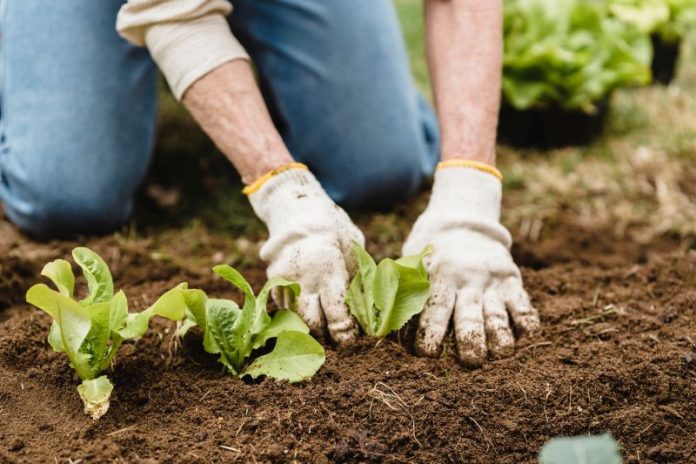
Starting a vegetable garden is a great way to save money on groceries, get exercise, and enjoy the outdoors. It can be a fun project for the whole family! In this guide, we will walk you through the steps of starting a vegetable garden. We will provide tips on choosing the right location, soil preparation, planting techniques, and the best ways to keep your plants alive.
Choosing The Right Location
Before getting started, it is essential to choose the right location for your garden. The location should be in a sunny spot that gets plenty of sunlight per day. It should also have good drainage so that the roots of your plants do not get waterlogged.
You can grow vegetables in containers on your patio or balcony if you have a small yard. Just make sure to choose deep enough containers so that the roots have enough room to grow.
You can also use raised beds to grow your vegetables. Raised beds are great for small yards because they take up less space and improve drainage. They also make it easier to reach your plants without having to bend over too much.
Soil Preparation
After choosing the perfect location for your garden, it is time to prepare the soil. The first step is to test the pH of the soil. You can do this with a home testing kit from your local nursery or a local family-owned hardware store. The ideal pH for most vegetables is between six and seven. If your soil is too acidic or alkaline, you can adjust it by adding compost or lime.
The next step is to add organic matter to improve the texture and drainage of your soil. You can do this by adding compost, manure, or peat moss. If you use raised beds, you may need to add extra organic matter since they tend to drain more quickly than in-ground gardens.
Planting Techniques
Now that your soil is ready, it is time to start planting! The first step is to select the vegetables that you want to grow. When choosing plants, it is vital to consider the size of your garden and the amount of sunlight that each plant needs. Once you have selected your plants, you will need to purchase seeds or seedlings from your local nursery.
If you start with seeds, you will need to sow them in starter pots before transplanting them into your garden. Once the seedlings are big enough, you can transplant them into individual holes or rows. If you are using raised beds, make sure to space the plants so that they have enough room to grow.
Helping Them Grow
Once your plants are in the ground, it is important to water them regularly. They will need about an inch of water per week. You can use a soaker hose or drip irrigation to water your plants without getting the leaves wet. This will help to prevent diseases.
It is also important to fertilise your plants every two weeks with a balanced fertiliser. This will help them to grow strong and healthy. You can also add mulch around your plants to help retain moisture and keep the weeds down.
By following these steps, you will be on your way to having a successful vegetable garden! Just remember to have patience and enjoy the process. Gardening is a great way to relax and connect with nature.
















